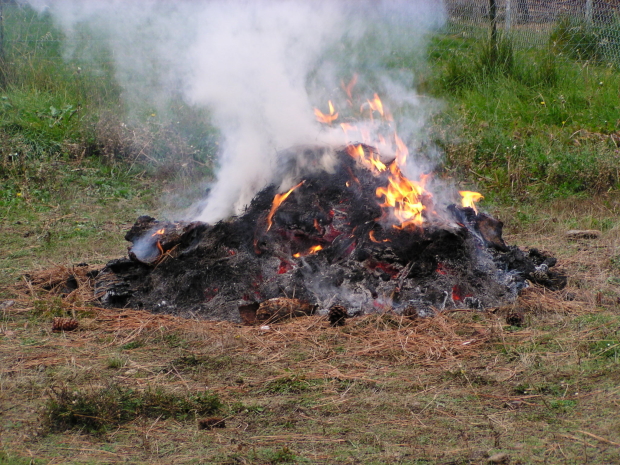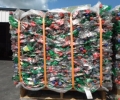Incineration
BURNING WASTE :Has many negative environmental, social and health consequences.
Poisons our environment, bodies, and food supply with toxic chemicals.
Produces a variety of toxic discharges to the air, water and ground that are significant sources of a range of powerful pollutants, including dioxin and other chlorinated organic compounds that are well-known for their toxic impacts on human health and the environment.
Many of these toxins enter the food supply and concentrate up through the food chain.
Produces toxic byproducts. In addition to air and water emissions, burning waste creates toxic ash or slag that must then be landfilled. This ash contains heavy metals, dioxins, and other pollutants, making it too toxic to reuse, although industry often tries to do so.
The use of incinerators feeds a system in which a constant flow of resources needs to be pulled out of the Earth, processed in factories, shipped around the world, and burned in our communities. This one-way linear system of resource extraction, production, transportation, consumption and disposal is a system in crisis. We simply cannot sustain this pattern indefinitely on a finite planet.
Contributes to global climate change. Incinerators emit significant quantities of direct greenhouse gases, including carbon dioxide and nitrous oxide, that contribute to global climate change. They are also large sources of indirect greenhouse gases, including carbon monoxide, nitrogen oxide, non-methane volatile organic compounds, and sulfur dioxide. In fact, incinerators emit more CO2 per megawatt-hour than any fossil fuel-based power source – including coal-fired power plants! But their greatest contribution to climate change is through undermining waste prevention and recycling programs, and encouraging increased resource extraction.
Wastes energy and destroy vast quantities of resources. People selling “waste to energy” incinerators claim that generating energy by burning trash is a win-win solution to our waste and energy crises. The truth, however, is that incinerators actually waste energy. When burning materials that could be reused, recycled, or composted, incinerators destroy the energy-saving potential of putting those materials to better use. Recycling, for instance, saves 3 to 5 times the energy that waste incinerator power plants generate. Incinerators are also net energy losers when the embodied energy of the burned materials is taken into account. For these reasons, “waste-to-energy” plants would be more aptly named “waste-of-energy” plants.
Drains money from local economies to pay for expensive, imported technology, and provide far fewer jobs than zero waste programs. Incinerators are bad for local economies. As the most expensive waste handling option, they compete with recycling and composting for financing and materials, and they only sustain 1 job for every 10 at a recycling facility.
Hides the evidence of dirty and unsustainable industries. Incinerators allow dirty industries to get rid of their toxic waste and hide the impacts of their practices. These industries depend on incineration to fuel our continued use of this system of unsustainable production and consumption.
Violates the principles of environmental justice. Incinerators are disproportionately sited in poor or rural communities and areas of least political power. There are currently hundreds of proposals to build incinerators in Africa, Asia, Latin America and elsewhere.
INCINERATORS make waste more toxic and …
- Do not eliminate waste, but change the form of waste into hazardous air emissions and toxic ash.
- Convert 30% of the waste burned into toxic ash, which EPA allows to be used as daily landfill cover.
- Spread hazardous contamination worldwide; contaminating air, soil, and water.
- Are a major source of 210 different dioxin compounds, plus mercury, cadmium, nitrous oxide, hydrogen chloride, sulfuric acid, fluorides, and particulate matter small enough to lodge permanently in the lungs.
Quote from Al Gore
“The latest scheme masquerading as a rational and responsible alternative to landfills is a nationwide – and worldwide – move to drastically increase the use of incineration… The principal consequence of incineration is thus, the transporting of the community’s garbage – in gaseous form, through the air – to neighbouring communities, across state lines, and indeed, to the atmosphere of the entire globe, where it will linger for many years to come. In effect, we have discovered yet another group of powerless people upon whom we can dump the consequences of our own waste; those who live in the future and cannot hold us accountable.”
Better alternatives to incinerating materials exist, and many communities where people are organized into strong grassroots movements have been able to defeat incinerators.
Most things can and should be safely and economically recycled or reused, and we also need to simply use less and redesign our products so that they are toxic-free and built to last. This is the heart of a zero waste strategy that eliminates the negative environmental, social and health impacts of incinerator use.


